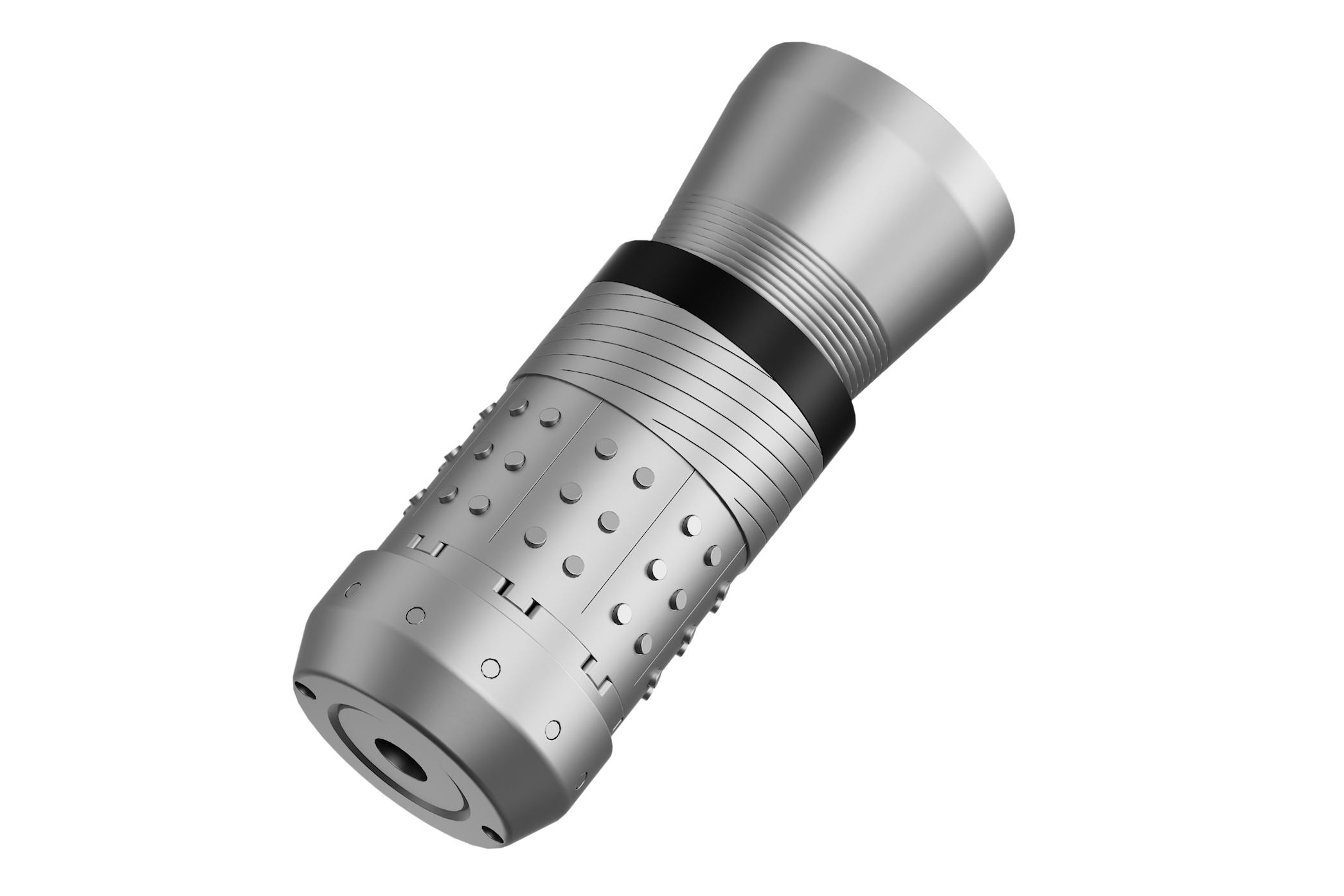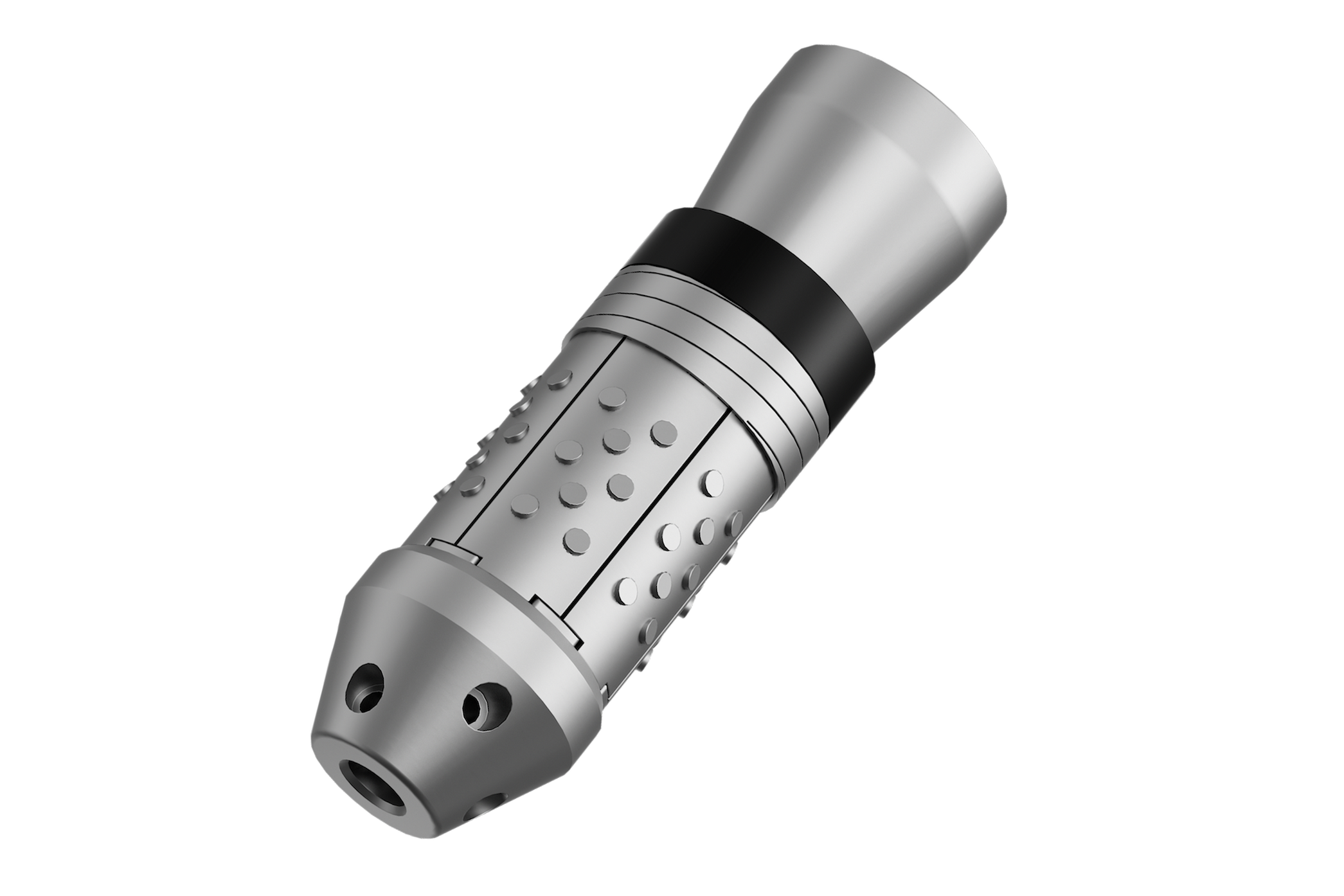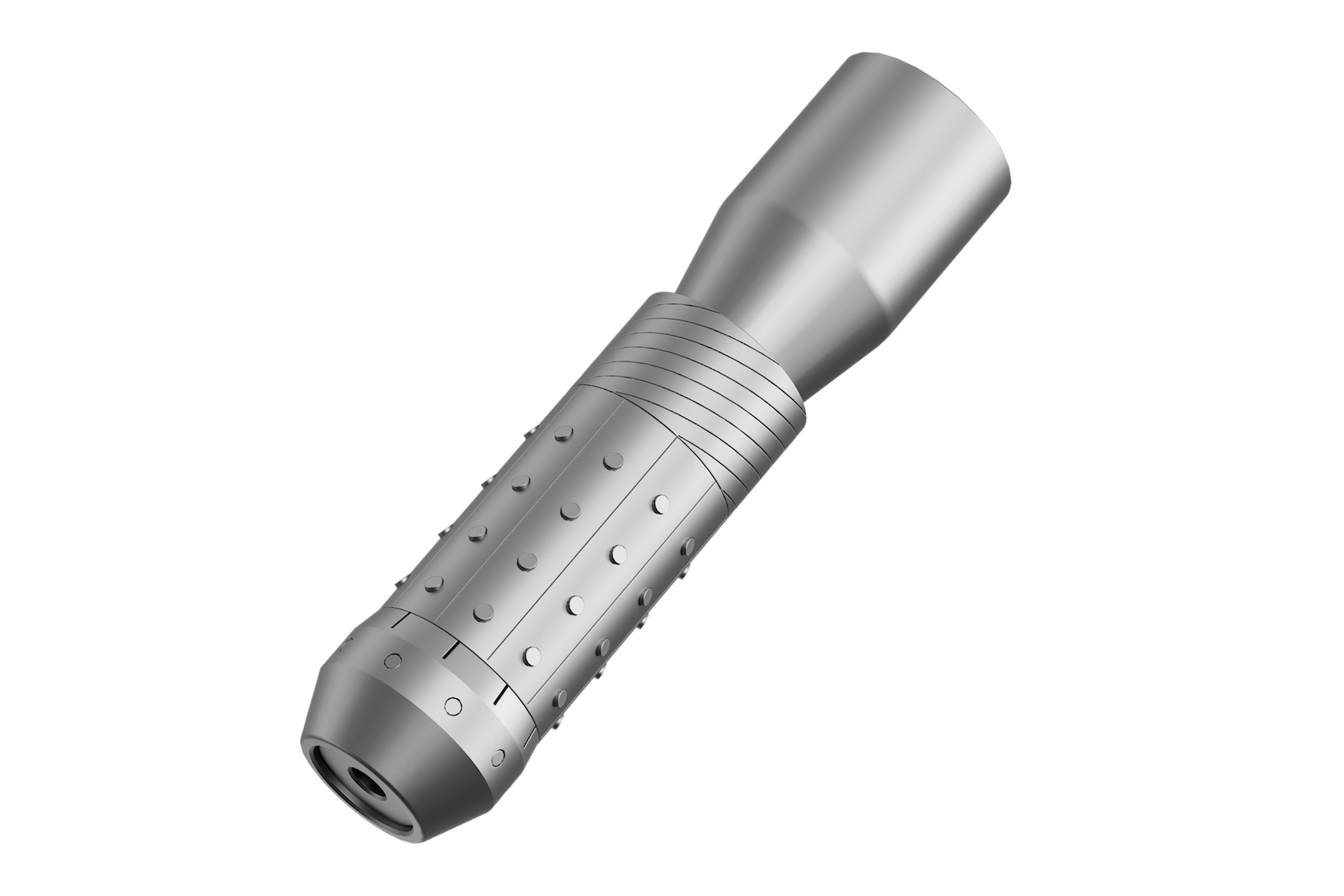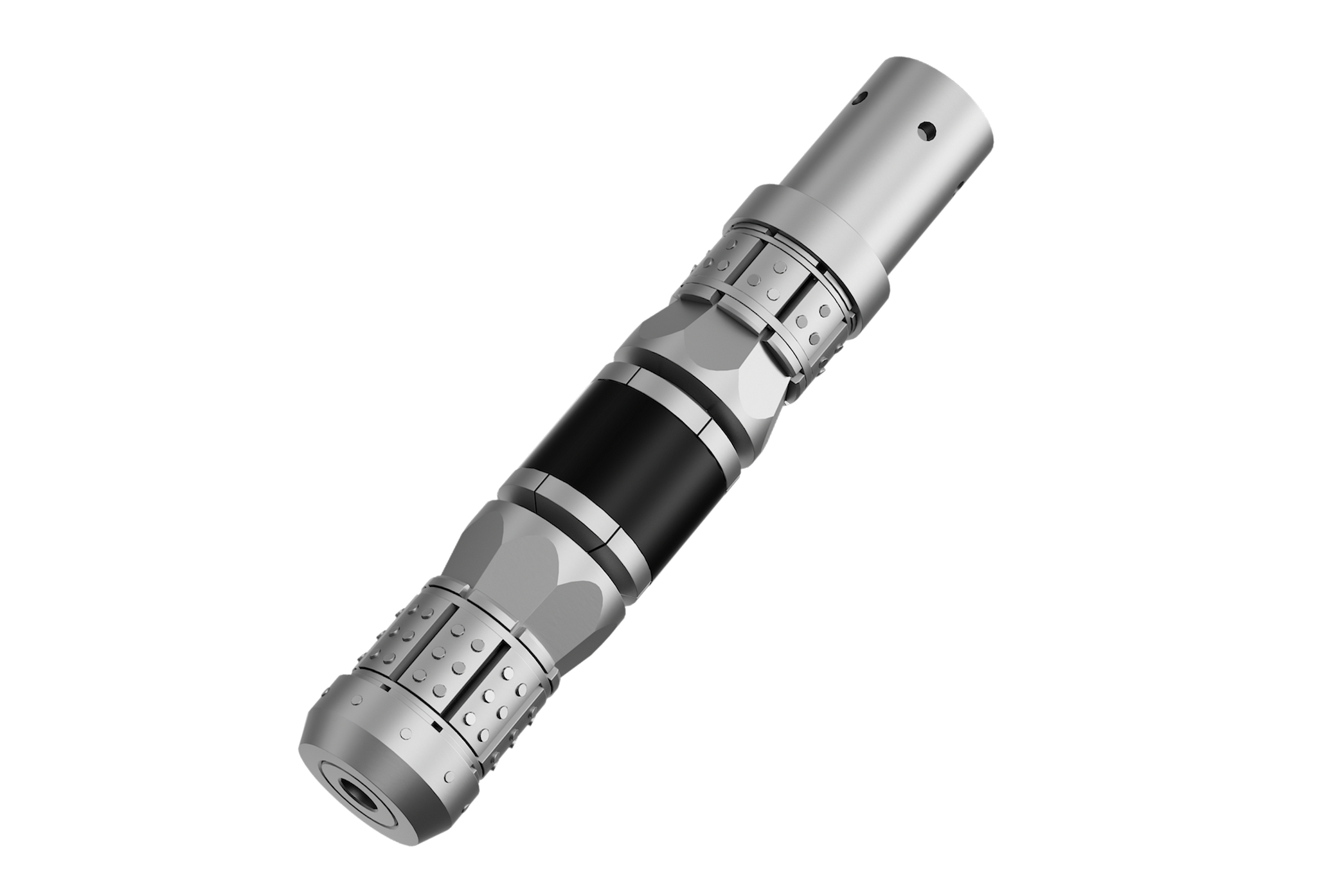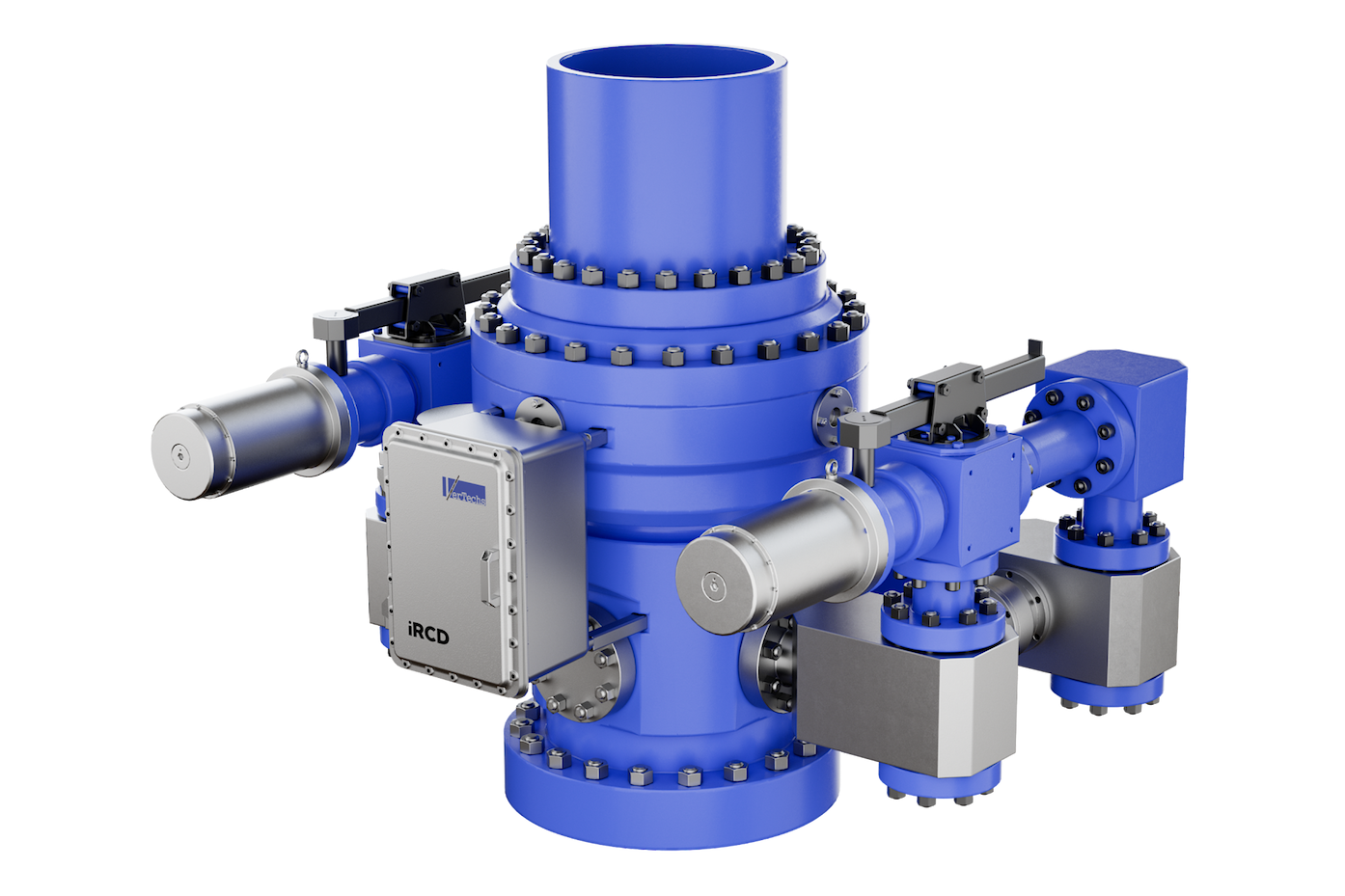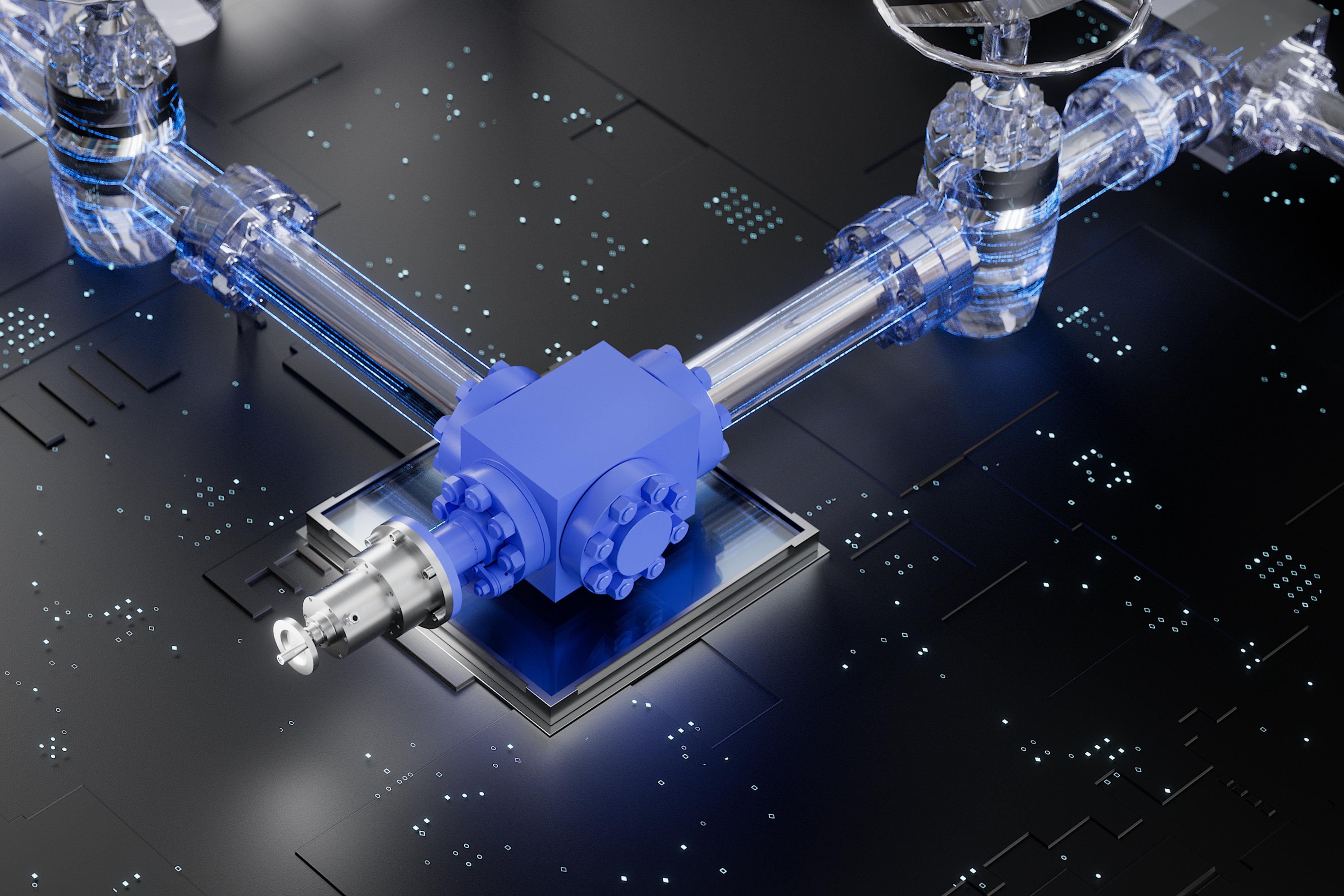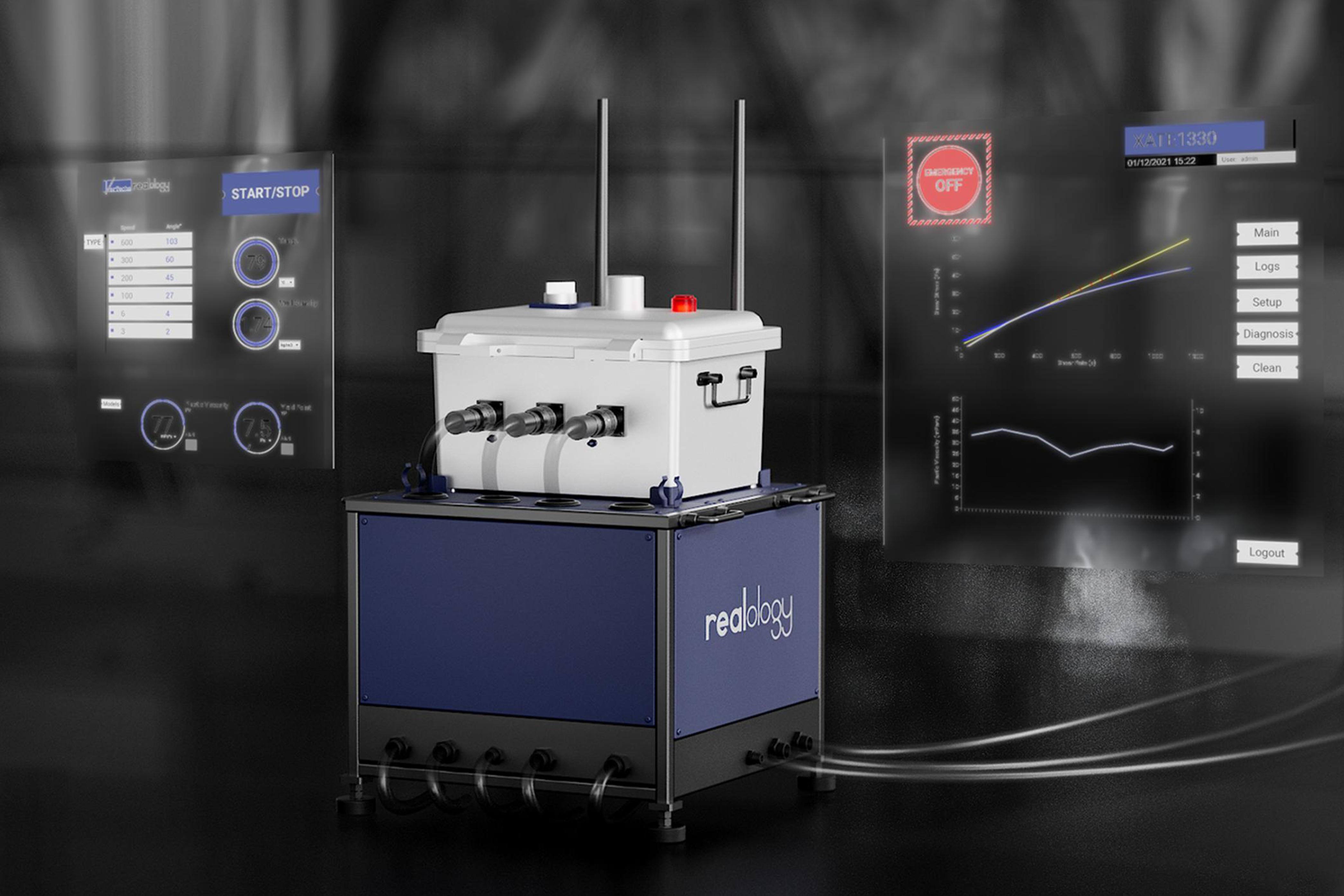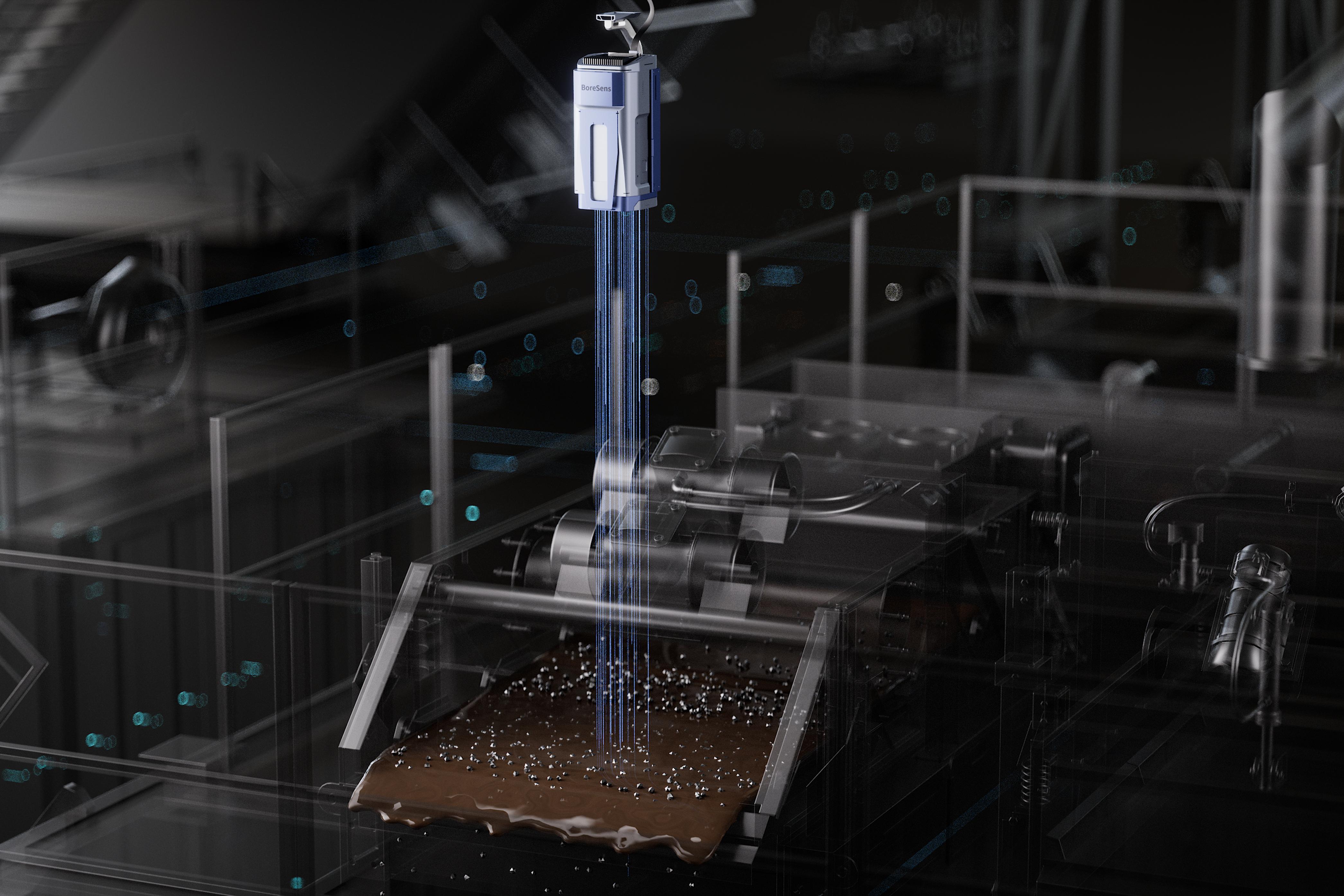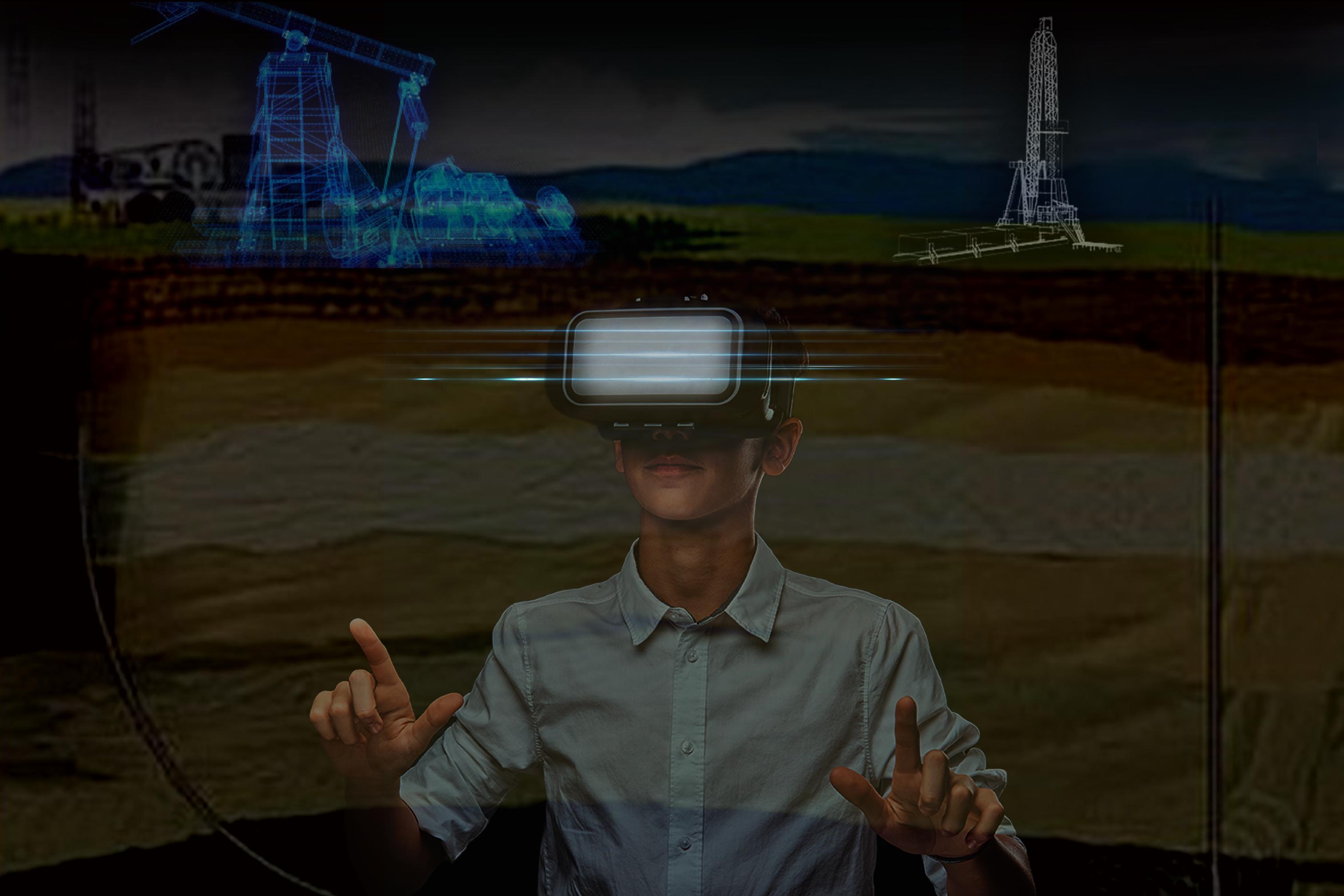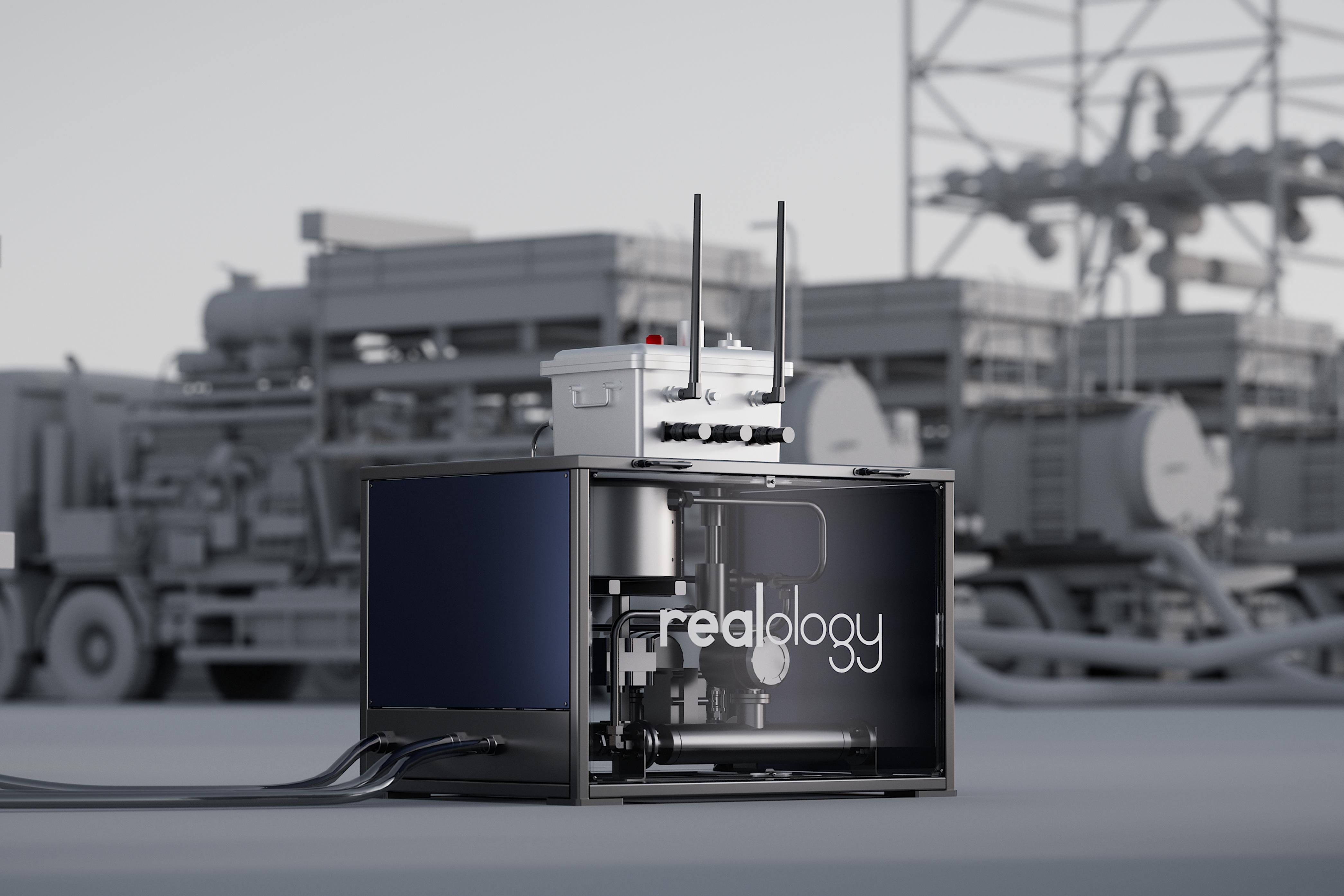AI-Powered Predictions: Fluid Rheology and Wellbore Stability Models
2025-09-12
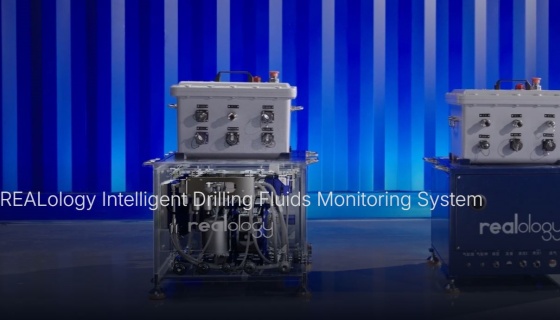
In a world that sometimes develops with oil and gas drilling, Velbor stability remains one of the most important factors affecting security, efficiency, a nd overall project economics. Equally significant fluid is rheology, which controls the flow and behavior of drilling fluid under different conditions. Traditionally, engineers have relied on empirical models, laboratory testing, and field data to understand these complex interactions. However, with the rise of Artificial Intelligence (AI), the industry is seeing a paradigm change-ecology modeling that combines real-time data with machine learning algorithms for unprecedented accuracy and efficiency.
This blog explains how AI-manufactured predictions are re-shaping our understanding of fluid rheology and Welborn's stability models, unlocking smarter, faster, and safer drilling operations.
Understand the main concepts
Welber stability
A stable veilbor is required to prevent expensive drilling problems such as collapse, stuck pipe, or lost circulation. Stability is affected by geological stresses, hole pressure, rock strength, and severe drilling fluid. Inadequate stability can result in downtime, non-productive time (NPT), or even well abandonment.
Fluid radiology
The study of rheology means how fluids are deformed under flow and stress. For drilling fluid, sticky properties such as viscosity, yield point, and gel strength directly affect the cleaning of holes, pressure management, and cutting suspension. Proper control of fluid dynamics ensures that Welborner is lubricated, pressure-balanced, and free from obstructions.
When the veilbor stability and fluid rheology are adapted simultaneously, it soars drilling efficiency. This is fine, where AI can bring a revolutionary benefit.
Traditional model challenge
Historically, engineers used linear equations, empirical correlations, and rock mechanics to predict wellbore stability and fluid behavior. While these approaches provided a foundation, they often decrease in a dynamic downhole environment. Some challenges include:
· Complexity of sub-collection of sub-collection: Each formation is unique, making it difficult for a size-fit-all model to make an accurate prediction of results.
· Delayed Data Processing: Lab analysis and manual calculation often introduce time intervals that obstruct real-time decision-making.
· Limited future power: Traditional models struggle to estimate non-interaction relations, such as sudden changes in integral properties under high pressure and temperature.
AI-operated models learn from historical data and provide a way to remove these boundaries, identify patterns, and refine continuously as new data streams.
AI-Operations: Sports Prices
Artificial intelligence thrives in an atmosphere with a giant dataset and complex interdependencies, which produce drilling operations. In the drilling workflows, by integrating machine learning (ML), neural networks, and predictive analytics, engineers can create real-time models that dynamically adjust to live conditions.
1. Real-time renovation predictions
The AI models can analyze thousands of drilling fluid samples and sensor readings to predict real-time behavior at specific depths, temperatures, and pressures. Instead of waiting for lab reports, drilling teams can use immediate predictions that guide fluid treatment, adaptive use, and pumping schedules.
2. Welper stability forecast
The machine can predict the risk of trained algorithms, geological data, stress profiles, and trained instability on drilling history. This allows for pre-dysfunction, such as adjusting soil weight or modifying drilling parameters, before the problems arise.
3. Adaptive drilling operation
The AI systems continuously learn from new drilling data, enabling them to adapt to predictions in real-time. This dynamic capacity ensures that the drilling plan aligns with the changing prefix conditions, reduces downtime, and risk.
4. Integration with digital twins
Digital twin-drilling operations may include A-Pratu replicates in managed fluid science and wellburner stability models. These twins simulate several scenarios, so that the operator is able to test strategies before applying them in the area.
Benefits of AI in Fluid Riology and Welborner Stability
Low non-producing time (NPT)
AI prophecies help operators to avoid incidents of instability and fluid-related issues, leaving delay and expensive downtime.
Better security
AI reduces the possibility of dangerous events, by apprehension of potential welborn collapse or loss of fluid.
cost efficiency
Accurate fluid rheology predictions optimize chemical use, while stability prevents expensive remedial measures.
Extended decision
AI models provide data-driven insights, allowing engineers to create faster and more confident operating options.
sustainability
Efficient fluid management and stable drilling mitigate the waste and environmental effects, which align with the push of the industry towards green practices.
Case Study: In AI Action
Consider a deep water drilling project where maintaining the well stability was a major challenge due to highly fragmented structures. Traditional models suddenly failed to predict the loss of fluid, causing frequent delays. AI-Inaccred Reology with real-time pressure monitoring was able to engineer, integrating predictions:
· Expect premature fluid loss areas.
· Adjust the drilling fluid composition dynamically.
· Maintain Welber stability throughout the operation.
Result? A reduction of 20% in NPT and significant cost savings for operators.
AI's future in drilling
Integration of AI in fluid reiology and velbor stability models is still developing, but the capacity is very high. Can be involved in future development:
· Autonomous Drilling System: Fully AI-powered rigs that automatically adjust drilling parameters based on stability forecasts.
· Comprehensive forecasting maintenance: AI not only predicts stability issues, but also flags tool wear and tear.
· Cross-disciplinary model: a combination of geologists, mechanical, and chemical datasets in integrated AI platforms for overall drilling adaptation.
· Cloud-based cooperation: AI models hosted on the cloud, allowing global teams to reach, train, and refine in real time.
conclusion
As the drilling environment becomes more complex and the need to make a margin, smart and safe decisions to reduce errors is paramount. AI-managed predictions actually provide how we contact liquid rheology and welborns stability.
Using the power of artificial intelligence, operators can move beyond reactive strategies towards proactive, predictive drilling. The result is not only cost savings and efficiency, but also safe, more durable operations that determine the phase for the future of energy investigation.
In short, the fusion of AI with the Welborner stability model and fluid rheology analysis marks a new era, where accurate prediction and performing the performance drilling again defines the industry.
Read Our One More Blog(1): Frac Plug Innovations That Boost Wellbore Stability and Reduce Completion Risks
Read Our One More Blog(2): The Role of Fluid Rheology in Enhancing Well Control Strategies


